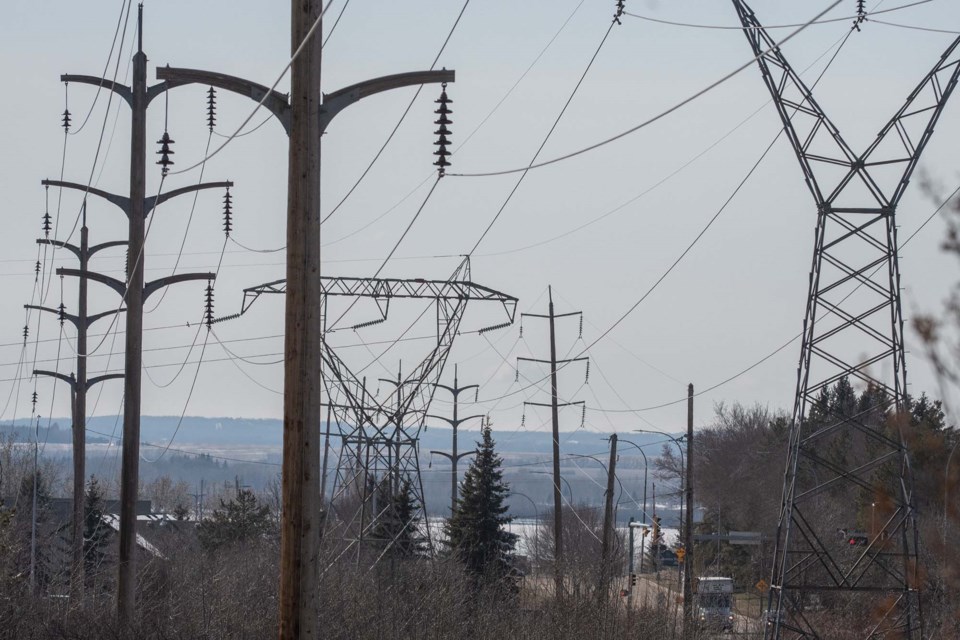Great West Media has received federal government funding through the Local Journalism Initiative to support a reporter to cover climate in Alberta.
Jen Henderson will feature in-depth reporting on where Alberta is at with actions to reduce carbon emissions and generation of less carbon-intensive energy, along with climate issues across the province as they intersect with industry, business, the environment, the economy, communities, and lifestyles.
If you have a story idea, please email [email protected].
Albertans will be able to sell power to the provincial grid and Alberta Associate Minister of Natural Gas and Electricity Dale Nally said the move, tabled in a new bill today, would help to lower the cost of energy in the province.
On Wednesday, the province tabled Bill 22 which, if passed, would allow for Albertans to sell their own power and also store power, a move that was previously not widely allowed in Alberta. Right now, selling power is restricted to small producers, such as those with solar panels, or municipalities.
“This legislation will help create more investment and competition, leading to more supply and increased affordability for consumers over the long term,” Nally said this afternoon.
Albertans are currently facing sky-high electricity prices, and Nally said soon companies in the cryptocurrency and forestry industries can get into providing electricity.
“The end result will be an electricity system that is better able to meet the evolving needs of consumers for years to come and create a low-carbon future through investment from Alberta’s industries, rather than costly subsidies from taxpayers,” Nally said.
Consumers and industry will also be able to store extra electricity for later use if the bill is passed.
The province will be moving to eliminate the Balancing Pool, a years-old, arms-length government agency that once made money for Alberta, but in recent years started losing cash.
“Bill 22 marks our commitment to begin to dissolve the Balancing Pool now that its role in managing fixed-price deals with electricity producers has ended and the extent of the previous government’s $1.34-billion boondoggle has been confirmed,” Nally said
The pool was created in 2000 to allow for electricity competition in the province — power providers would bid on power through the Balancing Pool and then they could turn around and sell it to consumers to make money. The pool was created to backstop contracts when the province became fully deregulated in the late 1990s.
For years, the pool made money, raking in an estimated $4.6 billion over 15 years, but once the provincial carbon tax was introduced in 2015 after the NDP won the election, the pool started to lose money. The biggest financial blow came when the carbon tax hit coal-fired power plants, which were used to generate electricity in the province.
The carbon tax increases made the deals in the Balancing Pool a money-losing scenario, and the NDP had to use $1.3 billion of taxpayer money to help support the power providers.
There haven’t been any contracts in the Balancing Pool since 2020 and the bill, if it becomes law, will wind it down by 2030.
“The Balancing Pool’s remaining duties will be reassigned, and the agency will be realigned to reflect its removal from the electricity market,” Nally said.
Activities supervised by the Balancing Pool will be assigned to other departments, with small-scale generation given to the Alberta Electricity Systems Operator (AESO) and the funding of the Utilities Consumer Advocate will be done through the Alberta Utilities Commission.



